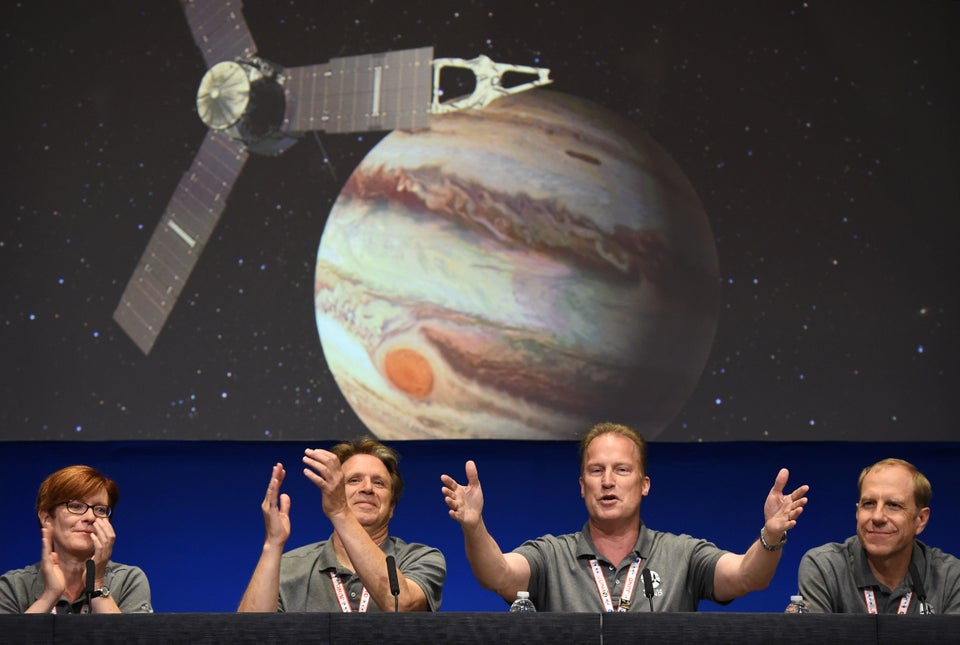NASA‘s Juno spacecraft has successfully entered orbit around the gas giant Jupiter.
After five years and 1.7 billion miles the tennis court-sized probe needed to accomplish a risky braking manoeuvre in order for it to be hooked by Jupiter’s gravity.
In the early hours of this morning the team at NASA’s Jet Propulsion Laboratory, California received the confirmation signal which confirmed Juno had finally entered orbit.
For the next two years Juno begin the process of exploring Jupiter in unprecedented detail.
But what do we actually know about Jupiter? Well it turns out we already know quite a lot, and what we do know is as fascinating as it is daunting:
Jupiter is 11 times wider than Earth

The gas giant is 300 times more massive than our planet and five times farther from the sun. Jupiter years are twelve times longer than earth's, but the planet rotates so fast that its days are only 10 hours long.
Storms on Jupiter last hundreds of years
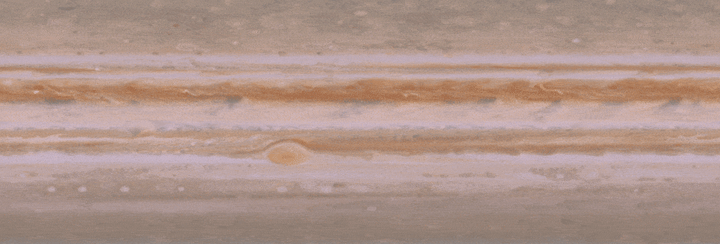
Powerful east-west winds in the planet's upper atmosphere give the planet its famous stripes. Storms can rage for years within these belts and zones.
It's believed to be the first planet to form
Like the sun, Jupiter consists mostly of hydrogen and helium. Scientists believe that it incorporated most of the leftover gas not incorporated into the sun.
If Jupiter had been bigger it would've become a star

If it had been just 80 times larger Jupiter would have become a star with its very own solar system. Instead it remains a giant among our planets, indeed minus the sun, Jupiter contains more than twice the amount of material within everything else in our solar system - all the planets, moons, asteroids and comets.
The Great Red Spot is twice as wide as Earth
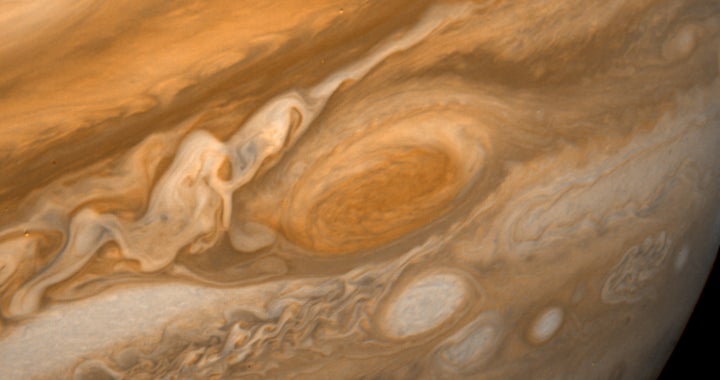
The huge storm has been observed for more than two hundred years. Even though it is shrinking it's still large enough to house two Earths.
Jupiter's magnetic field is nearly 20,000 times as powerful as Earth's
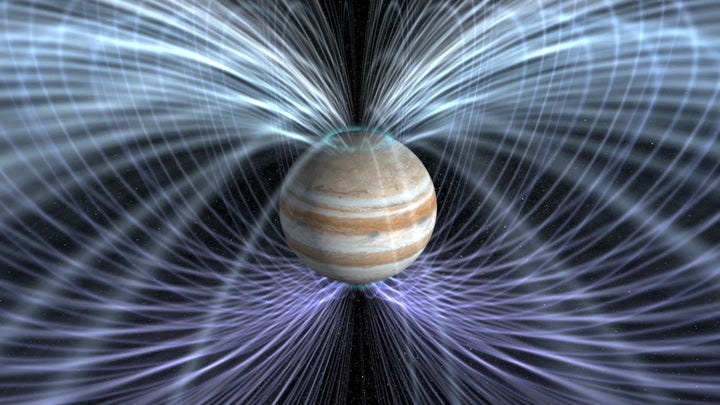
The magnetosphere traps swarms of charged particles, some of which become stuck in an intense radiation belt near the planet. This radiation belt extends more than 1 billion kilometres and proves hazardous to spacecraft.
The planet's centre is several times hotter than the sun's surface
The pressure in Jupiter's core is tens of millions of times the air pressure on Earth. Its centre is also much hotter than the surface of the sun.
It has beautiful auroras
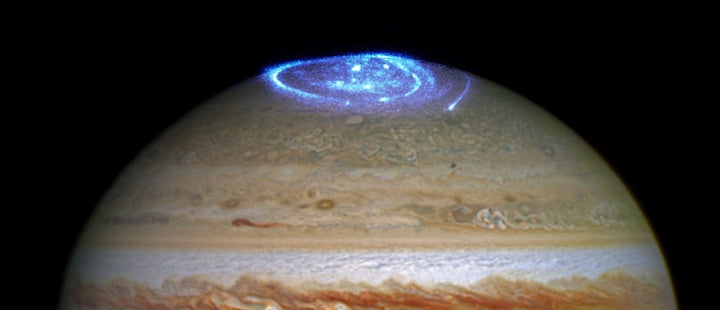
Jupiter's magnetic field channels electrons and ions towards the poles, creating stunning auroras, which are dominated by the planet's own rotation, rather than by its magnetic field and solar wind as is the case on Earth.
Its rings are composed largely of dust
Jupiter's rings are made up of dust, believed by scientists to have been formed as micrometeoroids smash into its four inner moons.
It has more than 60 moons
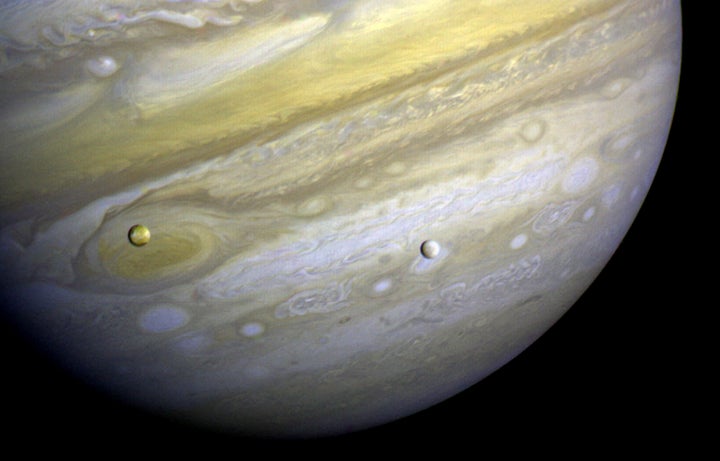
The largest planet in our solar system is orbited by four large moons and more than 60 smaller ones, resembling a solar system in miniature.


